Olea Europaea «Especial»
The Olea europaea ‘Especial,’ also known as the Special Olive Tree, is a distinguished cultivar of the traditional Olive Tree. This variety is notable for its exceptional characteristics, which may include a unique growth habit, striking foliage, or a particularly robust trunk. The ‘Especial’ cultivar combines the classic features of the Olive Tree, such as its evergreen leaves and gnarled trunk, with enhanced ornamental attributes that make it stand out in any garden or landscape.
- Botanical Name: Olea europaea ‘Especial’
- Common Name: Special Olive Tree
- Mature Height: 10-15 feet (3-4.5 meters) can be maintained smaller with pruning
- Mature Spread: 10-15 feet (3-4.5 meters)
- Growth Rate: Slow to moderate
- Light Requirements: Full sun
- Soil Requirements: Well-draining soil; prefers sandy or loamy soils but is adaptable to various soil types
- Water Needs: Low to moderate; drought-tolerant once established
- Foliage: Evergreen, lance-shaped leaves with a silvery-green color and a leathery texture
- Trunk: Gnarled and textured, with potentially distinctive features that set it apart from other olive trees
Uses:
- Ornamental: Adds a unique and distinguished touch to gardens, landscapes, and decorative plantings with its exceptional attributes.
- Container Planting: Suitable for growing in large pots or containers, making it ideal for patios, balconies, and indoor environments.
- Landscape Feature: Can serve as a focal point or centerpiece in landscape designs due to its standout features.
Benefits:
- Distinctive Appearance: The unique characteristics of the ‘Especial’ cultivar provide a visually striking and sophisticated addition to any setting.
- Edible Fruit: Produces olives that can be harvested for culinary use or for making olive oil.
- Drought-Tolerant: Adaptable to dry conditions once established, making it a low-maintenance option.
- Versatile: Suitable for a variety of planting scenarios, including decorative pots, landscape features, and formal gardens.
The Olea europaea ‘Especial’ is a remarkable cultivar that enhances any garden or landscape with its unique and distinguished features. Its classic olive tree characteristics, combined with its exceptional attributes and adaptability to different conditions, make it a valuable and attractive addition to both indoor and outdoor settings.
Debes acceder para publicar una valoración.
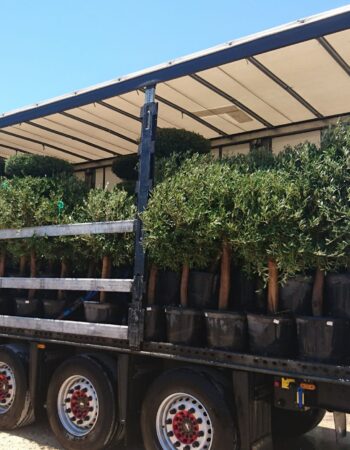
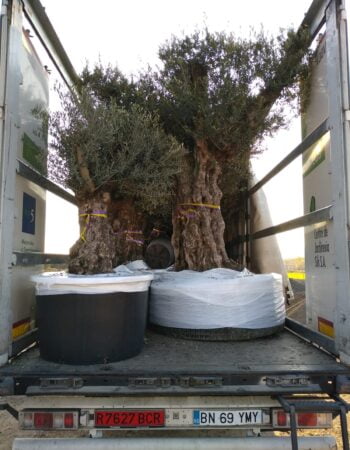
CAREFUL TREE TRANSPORTATION
At Treezom, we take great care in transporting your trees to ensure they arrive in perfect condition. Our expert team uses various methods, depending on the size and volume of the order, to provide safe and efficient delivery. Whether you're ordering a single tree or a bulk order, we guarantee high standards of handling and care throughout the process.
MULTIPLE SHIPPING METHODS
- Truck Delivery: Ideal for local or regional deliveries, ensuring a smooth and timely shipment of your trees directly to your location.
- Sea Containers (20’ or 40’): Perfect for larger orders or international shipping. Our sea containers are equipped to handle bulk shipments with optimal protection.
- Other Customized Solutions: Depending on the size and nature of your order, we can offer tailored shipping methods to meet your specific needs.
No matter the shipping method, we use specialized packaging and handling procedures to protect the trees during transit, ensuring they arrive healthy and ready for planting.
Below, you’ll find key tips tailored to this species’ requirements. Whether you’re new to plant care or have plenty of experience, these guidelines are here to support you in keeping your green companion healthy and vibrant.
- Planting:
- Choose a sunny location with well-draining soil.
- Dig a hole twice the width of the root ball and equal in depth.
- Place the tree in the hole, backfill with soil, and water thoroughly.
- Watering:
- Water regularly during the initial establishment phase to develop a strong root system.
- Once established, water infrequently, allowing the soil to dry out between waterings.
- Pruning:
- Prune to maintain the desired shape and remove any dead or damaged branches.
- Prune in late winter or early spring before new growth begins to enhance the tree’s form and structure.
- Fertilizing:
- Apply a balanced, slow-release fertilizer designed for trees in early spring.
- Follow the manufacturer’s instructions for application rates.
- Pest and Disease Control:
- Monitor for pests such as olive flies, scale insects, and aphids.
- Use appropriate treatments to manage infestations.
- Ensure good air circulation around the tree to prevent fungal diseases and avoid overwatering.
*This information is provided for informational purposes only. For more detailed care, please consult a professional Gardener or Arborist.


 SINGLE TREE
SINGLE TREE OUTDOOR POTS
OUTDOOR POTS








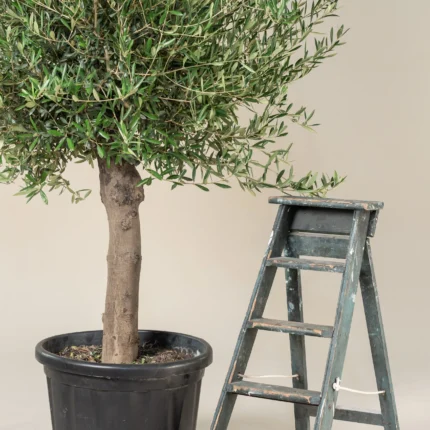
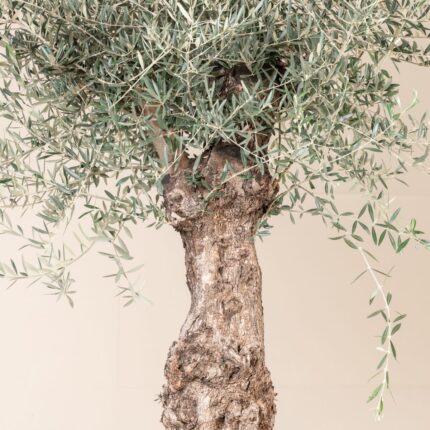

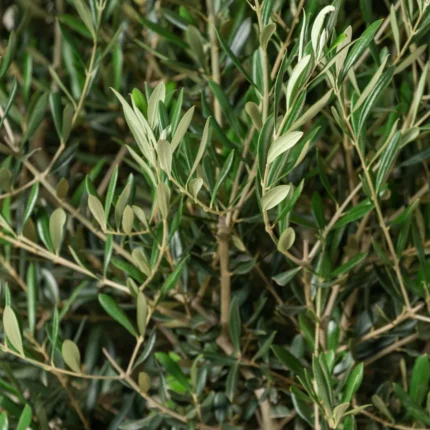






 Single Tree
Single Tree
Valoraciones
No hay valoraciones aún.